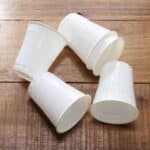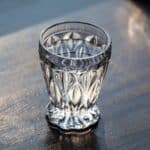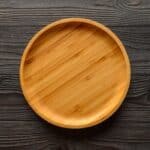Plastic containers play an integral role in the kitchen. They are often used to heat food leftovers or quick snacks for kids in microwaves.
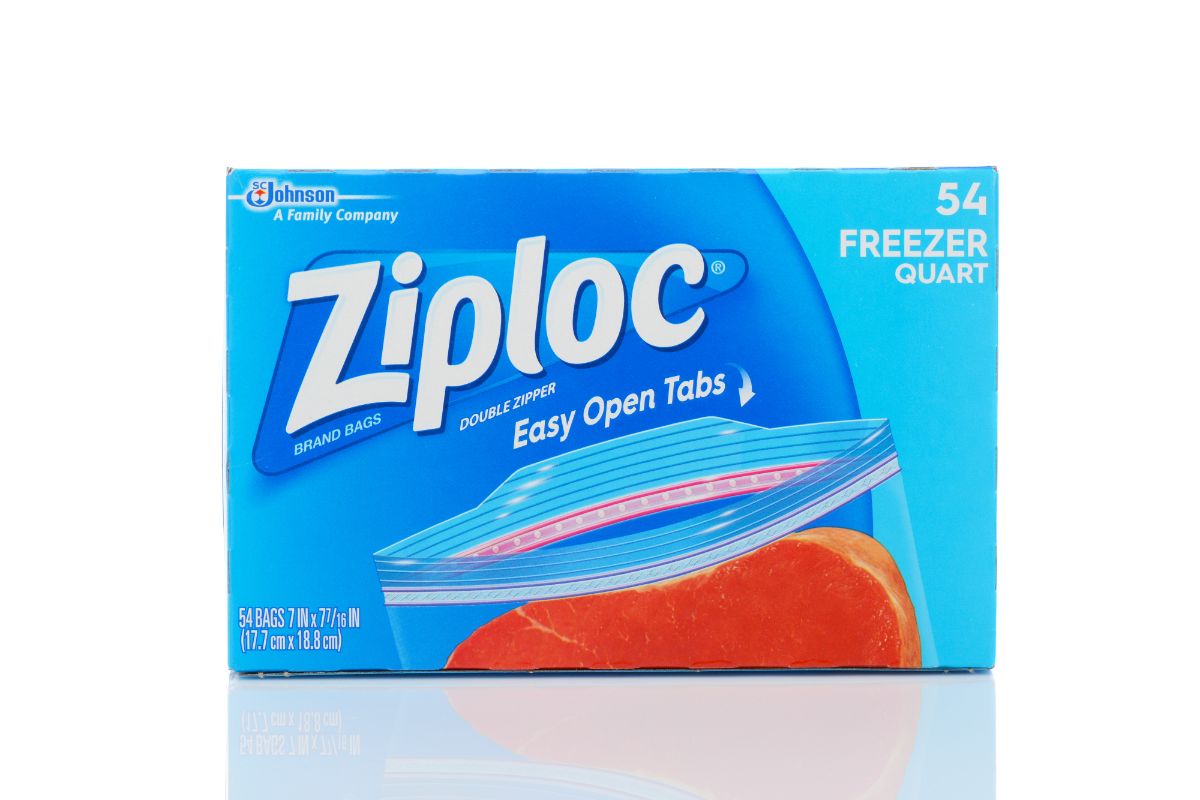
However, not all types of plastic containers are safe for use in the microwave.
Some cannot withstand the intense heat associated with the microwave.
One type of plastic that often comes up whenever microwave-safe plastics are mentioned is Ziploc bags. So can you microwave Ziploc bags?
YES! Ziploc containers and bags are specially manufactured for safe microwave use. Ziploc containers have a "microwave-safe" label. This label shows that the containers have met the FDA's safety requirements (Food and Drug Administration) for temperatures of reheating food in a microwave oven.
In other words, they have tested the container and confirmed that it could not melt under high heat from the microwave. These plastics are extensively evaluated for safety and toxicity and comply with all the safety and quality regulations.
Studies suggest that estrogen-like chemical BPA encourages the growth of cancer cells. The chemical is often used to manufacture some plastic products such as milk-container liners, food can coatings, and food storage containers.
However, this type of plastic is not made of BPA. A few years ago, people raised concerns about the possible dangers of using plastic containers in microwaves. It was based on the argument that a combination of plastic, fat, and high heat can release a dioxin into foods and eventually into the body cells, increasing the risks of generating cancerous cells.
Ziploc containers are free of this dioxin.
How To Microwave Ziploc Containers
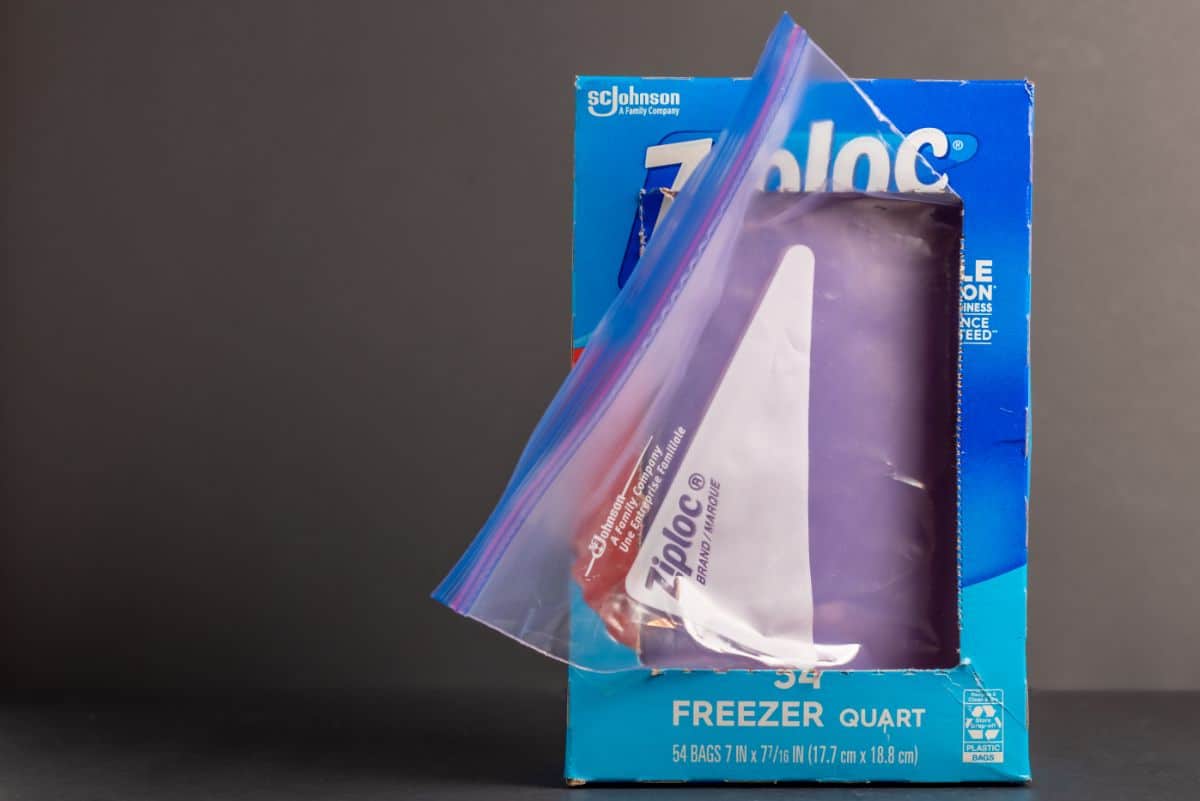
When using a Ziploc bag in the microwave, ensure you follow any written instructions on the packaging.
When cooking prepared foods in a microwave, make sure you read the instructions. In most cases, foods have specific heating requirements. -
When preparing meals in Ziploc containers, it is advisable to cut the food into small and uniform pieces. This will enable the food to heat uniformly and reduce the amount of time taken to heat.
Reduced heating time minimizes the chances of the container warping, thereby increasing its lifespan.
Add sauces, like spaghetti sauce or ranch dressing, in the last seconds of cooking, since liquids tend to heat faster than some foods such as meat. Adding them earlier may significantly increase the temperature inside the microwave.
Before microwaving food, make sure you vent the plastic container. You can also leave the lid open to allow steam escape.
Sources
http://www.goodhousekeeping.com/institute/a17859/plastic-safety-heat-food/ http://www.buzzle.com/articles/microwave-cooking-tips.html
http://www.osteopathic.org/osteopathic-health/about-your-health/health-conditions-library/general-health/Pages/plastics-microwaving.aspx

